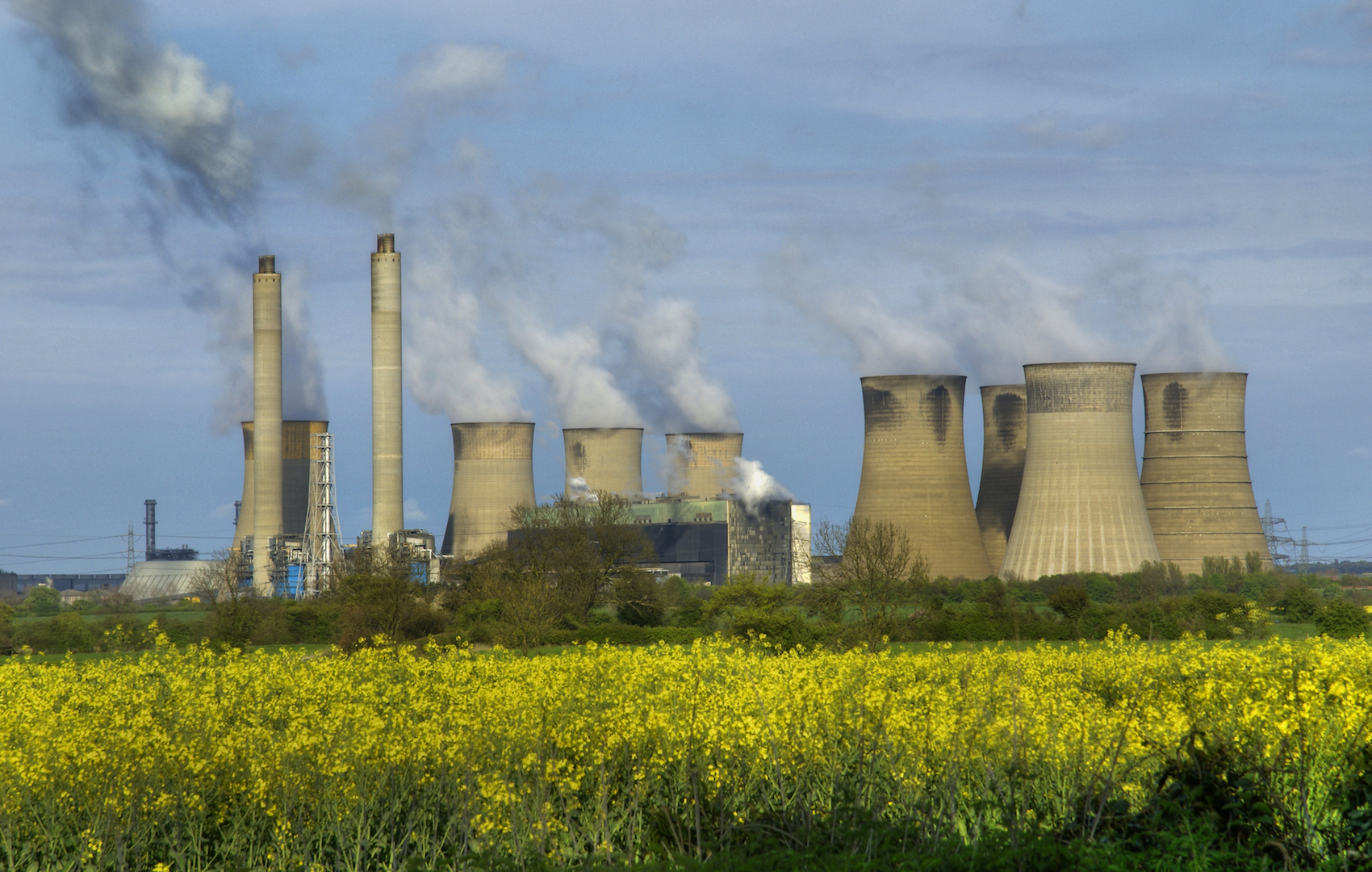A new study suggests that humans are making the climate chaotic.
The new research, which was posted April 21 to the preprint database arXiv, draws a broad and general picture of the full potential impact of human activity on the climate. The picture is not pretty.
The study doesn't present a complete simulation of a climate model, but it does show a broad sketch of where we are headed if we don't curtail climate change and our use of fossil fuels.
The implications of climate change are well known, according to study researcher Orfeu Bertolami.
UN scientists say it is either now or never to stop climate disaster.
Changes in climate patterns occur frequently, going from one stable equilibrium to another. These shifts are usually caused by external factors, like changes in Earth's orbit or a huge surge in volcanic activity. A new phase is thought to be driven by human activity. We are creating a new Anthropocene era, a period of human-influenced climate systems, because we are pumping more carbon into the atmosphere.
The Anthropocene was modeled as a phase transition in the new study. Most people are familiar with phase transitions in materials, for example when an ice cube becomes a liquid by melting into water or when water becomes a gas. Other systems also have phase transitions. The system is the climate of Earth. A phase transition in the climate leads to a new pattern of seasons and weather. Earth is experiencing a sudden and rapid change in patterns when the climate goes through a phase transition.

If human activity is driving a phase transition in Earth's climate, that means we are causing the planet to develop a new set of weather patterns. One of the most pressing problems of climate science is what those patterns will look like.
Where is the climate headed? It depends on what we do over the next few decades. Reducing carbon output would lead to different outcomes than changing nothing at all, according to the study.
The researchers used a mathematical tool called a logistic map to account for the different trajectory and choices humanity could make. The amount of carbon in the atmosphere can grow but naturally reaches a limit, which is described on the logistic map. Animals can keep giving birth, increasing their numbers, but they reach a limit when they consume all the food in their environment, which is why scientists often use the Logistic map to describe animal populations.
The history of Earth was shaped by 5 mass extinction events.
Over the last century, our influence on the environment has grown. It will reach a limit according to the researchers. The human population can only grow so large and can only have so many carbon-emitting activities, which will eventually degrade the environment. At some point in the future, carbon output will reach a maximum limit, and the researchers found that a logistic map can capture the future trajectory of that carbon output very well.
The human logistic map could evolve depending on a variety of factors, like our population, introduction of carbon reduction strategies and better, more efficient technologies. They used how human carbon output would evolve with time to look at how Earth's climate would evolve through the human-driven phase transition.
Earth's climate can be stable at a new, higher average temperature once humanity reaches the limit of carbon output. The higher temperature leads to higher sea levels and more extreme weather events, which is bad for humans. The Anthropocene looks like previous climate ages, only warmer, and it will still have regular and repeatable weather patterns.
In the worst cases, the researchers found that the climate leads to chaos. There is mathematical chaos. There is no equilibrium in a chaotic system. A chaotic climate can have seasons that change from decade to decade. There would be some years where the weather would be sudden and others where it would be quiet. The Earth's temperature can swing from cooler to hotter in relatively short periods of time. It would be impossible to determine what direction the climate is going.
It will not be possible to predict the behavior of the Earth System in the future even if we know that it is in a state of disrepair.
The researchers found that a feedback cycle can kick in where a chaotic result is unavoidable if the critical threshold temperature is above. We may have already passed that tipping point, but it is not too late to prevent climate disaster.
It was originally published on Live Science.